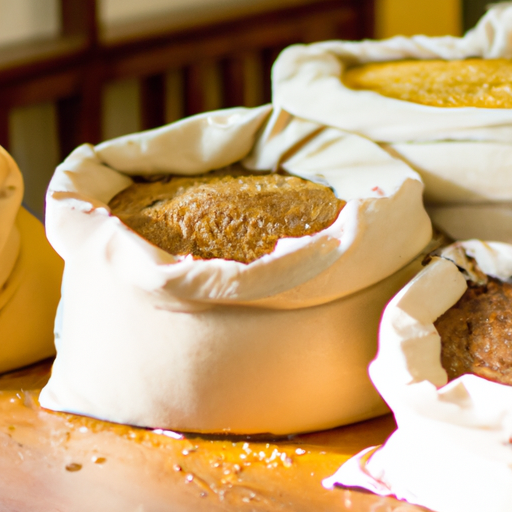The Grain Guide: Exploring the Many Types of Grains
Grains are the seeds of certain plants, and they are the cornerstone of many diets around the world. Ranging from rice and wheat to lesser-known ancient grains like spelt and amaranth, these versatile ingredients provide essential nutrients and a wide array of culinary possibilities. Let's explore some of the different grains and the unique attributes that make them special.

1. Wheat
- Varieties: Whole wheat, durum, einkorn, spelt, emmer.
- Uses: Bread, pasta, crackers, cereals.
- Nutritional Benefits: High in fiber, B vitamins, iron, and protein.
2. Rice
- Varieties: White rice, brown rice, jasmine rice, basmati rice, wild rice.
- Uses: Stir-fries, casseroles, sushi, risotto.
- Nutritional Benefits: Rich in carbohydrates, a source of energy, and brown rice contains additional fiber and vitamins.
3. Quinoa
- Varieties: White, red, black quinoa.
- Uses: Salads, soups, stews, and as a rice substitute.
- Nutritional Benefits: Complete protein, high in fiber, magnesium, and iron.
4. Oats
- Varieties: Rolled oats, steel-cut oats, quick oats.
- Uses: Oatmeal, granola, baking.
- Nutritional Benefits: High in soluble fiber, which can lower cholesterol, and rich in antioxidants.
5. Barley
- Varieties: Hulled barley, pearl barley.
- Uses: Soups, stews, salads, and as a rice substitute.
- Nutritional Benefits: Rich in fiber, vitamins, and minerals.
6. Millet
- Varieties: Pearl millet, finger millet, proso millet.
- Uses: Porridge, bread, pancakes.
- Nutritional Benefits: Gluten-free, high in protein, and easy to digest.
7. Amaranth
- Uses: Salads, as a side dish, popped like popcorn.
- Nutritional Benefits: Protein-rich, contains essential amino acids, high in iron, magnesium, and calcium.
8. Rye
- Uses: Breads, crackers, whiskey production.
- Nutritional Benefits: Rich in fiber, can help weight control, supports heart health.
9. Corn
- Varieties: Sweet corn, popcorn, dent corn.
- Uses: Cornbread, polenta, tortillas.
- Nutritional Benefits: Good source of fiber, B vitamins, antioxidants.
10. Teff
- Uses: Ethiopian injera bread, porridge, baking.
- Nutritional Benefits: Gluten-free, high in protein, calcium, and iron.
Conclusion
Grains are a diverse group of foods that offer a wide array of flavors, textures, and nutritional benefits. Experimenting with different grains can not only add variety to your diet but also introduce new culinary possibilities.
Whether you’re a fan of the traditional staples or eager to explore ancient and exotic grains, there’s a whole world of grains to discover. Don’t be afraid to try something new; you may just find a new favorite grain to include in your cooking repertoire.
Happy grain exploration!
